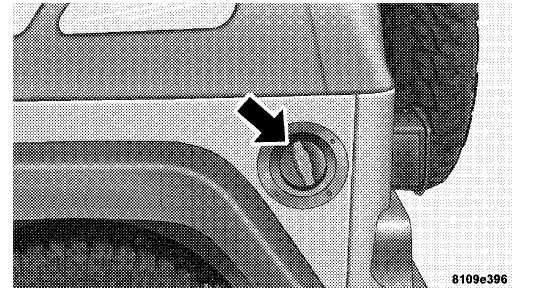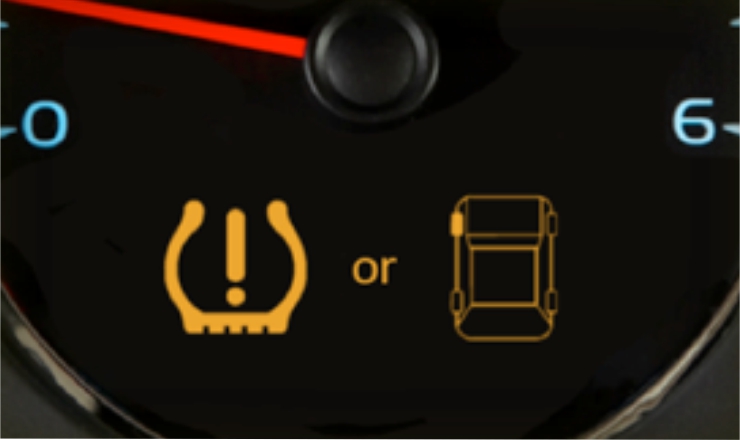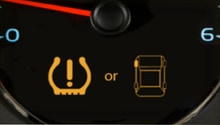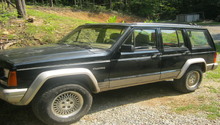Jeep Cherokee and Jeep Grand Cherokee 1984-2004: How to Check Tire Pressure
Owners of the Jeep Cherokee and Jeep Grand Cherokee will benefit from having properly inflated tires. Here's how to check and maintain your tire pressure.
This article applies to the Jeep Cherokee and Jeep Grand Cherokee (1984-2004).
How much pressure you have in your tires is just as important as how safely you operate your vehicle on the road. The truth is that having tires that are properly inflated can reduce your chances of a dangerous collision. The reasons why are simple. First, if the tires on your Jeep are properly inflated, you will have less of a risk for a dangerous blowout. Second, driving on tires that are over or under inflated could impact the way you drive, as well as how responsive your brakes are as you attempt to slow down or stop. Read on to learn the simple ways to check your vehicle's tire pressure in minutes.

Materials Needed
- Tire pressure gauge
- Owner's manual
Step 1 – Check your owner's manual
To determine how much tire pressure your tires need, check your owner's manual. You can also check the sticker found on the vehicle's door jamb. Always adhere to the manufacturer's recommended pressure level and do not go above or below it. As temperatures change throughout the year, it's also highly recommended that you take a moment to ensure your tire pressure level has not changed. It's common for tires to lose air during cold months and gain pressure during hot months.

Step 2 – Check your tire's pressure monitoring system
Your Jeep is equipped with a tire pressure monitoring system (TPMS) that is designed to alert you of any changes in your tires' pressure. If the tire pressure is too low or too high, the TPMS warning light will display on your center console. Once you bring your tire(s) to the appropriate level, the TPMS warning light will go away. If your tire sensor(s) stops working, you'll need to purchase and install a replacement. For a complete center console, it's estimated that you'll spend around $300.
- Once your TPMS warning light displays on the center console, determine which tire(s) are alerting your system that there's trouble.
- Head to a local gas station and use the free tire pressure gauge to determine how much pressure you need to add or remove from the specific tire(s).
- Hand-held tire pressure gauges are also available online or at your local auto parts store for as little as $10.

Figure 2. Example of tire pressure warning light. 
Figure 3. Indicator for servicing the TPMS system.
Pro Tips
- If you own an on-board diagnostic (OBD) scan tool, you can also run your codes to verify that your tires are not properly inflated, but this an optional step that should not be necessary.
- If your system is faulty or your center console needs to be replaced, the trouble codes will notify you of this.
Step 3 – Consider the tire size
Generally speaking, 30 to 31-inch tires are as big as you should go on your Jeep. If you find that driving over potholes and uneven road are problematic, consider installing a lift. You should be able to go up to 33-inch tires using this popular modification.

Related Discussion
- TPMS Sensors Readong Overhead Center Console Display - CherokeeForum.com






